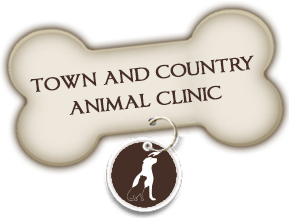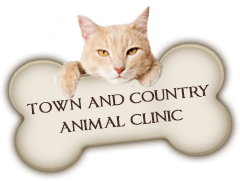Even though dogs love the wind blowing in their face while your driving down the road, the risk or danger involved simply is NOT worth it! Dust, debris and even foreign objects are known to enter into your pets eyes causing damage, infection (such as conjunctivitis) or even ulcers. Dog goggles are a good protection method for eyes although they do NOT protect their ears! When your dogs head is hanging out a vehicle window, … Read More
-
-
The Best Way To Feed Your Pet
There are different options of how to feed your dog and cat in order to properly monitor their eating habits. This allows you (the owner) to identify if your pet has stopped eating and when that has occurred. It also allows you to ensure how much food your pet is consuming. No matter which method you choose to feed your furry friend we always recommend they have access to fresh water and we recommend that … Read More
-
Canned Food Vs. Dry Food
There are pros and cons to feeding your pet canned or dry diet. In order to determine which is best for your pet and your household we must look at the different qualities of each. Here is a chart to help categorize the benefits and drawbacks to canned and dry diets. Comparison Canned Dry Moisture content 70-80 % 10-15% Amount of water pet must drink Less More Cost Higher Lower Shelf life when not opened … Read More
-
How To Read A Pet Food Label – Part 2 The Back Of The Bag
What to look for on the back of the bag: Ingredients: All ingredients are required to be listed in order of predominance by weight. The weights of ingredients are determined as they are added in the formulation, including their inherent water content. The nutritive value of the ingredients cannot be identified in the ingredient statement. Dry Matter Analysis: In order to accurately account for how much an ingredient is found in your pet’s food we … Read More
-
How to Read A Pet food Label (Part I – Front Of The Bag)
Although there are no organizations in Canada to regulate pet food labeling in Canada, there are two organizations in the United States that regulate pet food labels. The FDA (Food and Drug Administration) and the AAFCO (Association of American Feed Control Officials) control how companies in the U.S. can label the bags of pet foods so we will explain their regulations and guidelines. What to watch for on the front of the bag: Quality is … Read More
-
Easter Lilies And How They Affect Cats
Easter is just around the corner, and some of our favorite decorations include Easter lilies which are toxic to cats. The entire plant is toxic to cats, the leaves, petal, stem or simple the pollen. Just one bite can cause quite a digestive upset for your cat and prolonged exposure can lead to kidney failure (which can be fatal). Easter lilies are not that only lily that is toxic to our feline friends but also … Read More
-
Feline Odontoclastic Resorption Lesions
Feline Odontoclastic Resorptive Lesions (FORL’s) are lesions that occur as a loss of the tooth’s structure, starting with the enamel and may eventually affect the dentin and the pulp. FORL’s normally affect the crown of the tooth and are generally found along the gum line. They usually affect the large rooted teeth, such as molars and premolars, but can affect any tooth. Unfortunately, FORL’s may be difficult to diagnose in the early stages as some … Read More
-
The Cost of a Dental Cleaning for Dogs and Cats
We have previously discussed the different stages of Dental Disease, how it occurs, how it affects your pet and their overall health and also how to prevent it. Below are those previous blogs if you would like to refresh your memory. Dental Disease in Dogs and Cats: https://www.townandcountryanimalclinic.ca/2012/11/15/dental-disease-in-dogs-and-cats/ How To Give Your Pet A Celebrity White Smile: https://www.townandcountryanimalclinic.ca/2012/11/20/how-to-give-your-pet-a-celebrity-white-smile/ Usually when your pet has tartar accumulation, brushing their teeth or using oral chews are not enough … Read More
-
Nutritional Needs for Senior Dogs
As our canine friends age, their bodies and immune systems change as well. Often times a dog’s metabolism will slow down as they age and if their feeding regimen is not change. This may cause your dog to become overweight. Most senior dogs begin to experience arthritis pain as they age and having excess weight on their stiff joints may lead to additional tenderness. As a result the dog tends to exercise less which also … Read More
-
Nutritional Needs for our Senior Cats
As our pets become seniors, there are a lot of physical and mental changes that occur within their bodies. As these changes occur their nutritional requirements change as well. The way the body uses energy changes, along with the amount of substance needed to produce energy. The metabolism of both dogs and cats slow down so their need for fat and calories decreases. It is up to you, the owner to monitor your pet for … Read More






